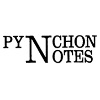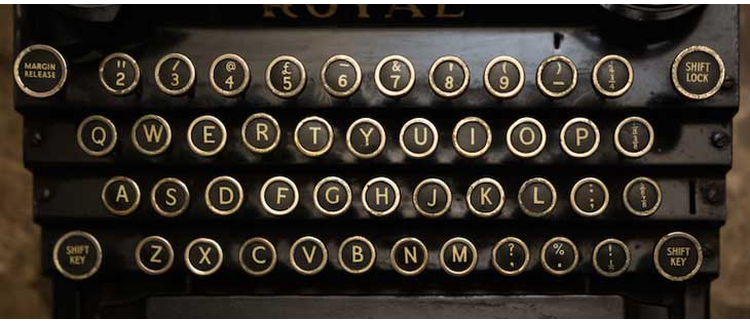Abstract
Near the end of The Crying of Lot 49, Oedipa Maas finds herself trapped in a stultifying "symmetry of choices" (181). In the process of executing her ex-lover's will, she has seemingly stumbled upon the Tristero, a secret, perhaps anarchic, organization. But is the Tristero the sublime thread which might lead Oedipa out of her own suburban inertia, even out of the hopelessness of her America? Or is the Tristero instead the thread of an idea with which she weaves a sublime delusion? As Oedipa reflects, "Behind the hieroglyphic streets there would either be a transcendent meaning, or only the earth" (181). Indeed, this binary system is readily acknowledged, even thematized, in Pynchon's novel, but the suppositions which ground the duality are not so clear. Ostensibly, discovering the Tristero qua reality would be tantamount to the validation of meaning, while acknowledging the delusion of meaning (which Oedipa considers paranoid) would be the acceptance of meaninglessness. But if, at the level of its expression, paranoia is so quantified as to suggest its impossibility, then perhaps that implicit denial conceals another possibility: might an originary paranoiac CriSIS have brought the symmetry – meaning or meaninglessness – to bear?
How to Cite:
Flaxman, G., (1997) “Oedipa Crisis: Paranoia and Prohibition in The Crying of Lot 49”, Pynchon Notes , 41-60. doi: https://doi.org/10.16995/pn.163
Downloads:
Download PDF
2136 Views
1429 Downloads

